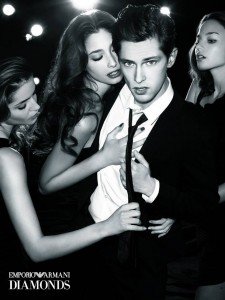This week’s optional reading struck me the most.
Michael Roemer, philosopher and filmmaker, makes the controversial suggestion that “plot is really the rules of the universe at work”. In other words, the way that life unfolds follows a similar structure to that of film, and it is for that reason that we relate most profoundly to heroic characters, because each of us as human beings has audaciously overcome a form of hardship on some scale, from womb to tomb.
The reading goes on to discuss the Greek’s theoretical layout to theatrical performances, that which almost every linear film follows: establishment, the rise of an issue, and conflict resolution.
That is where I begin to disagree with Roemer’s notion about plot.
In everyday life, some problems do not have resolutions, and there aren’t always happy endings. Problems rise and we, as a protagonist in our own story, aren’t always able to solve them.
Life is non-linear, and that makes it so much more entertaining.
